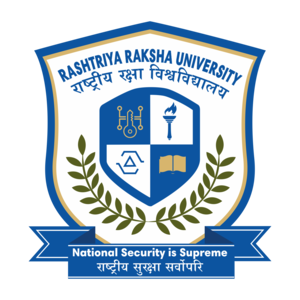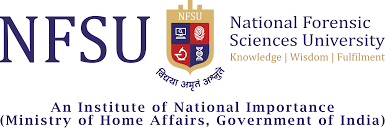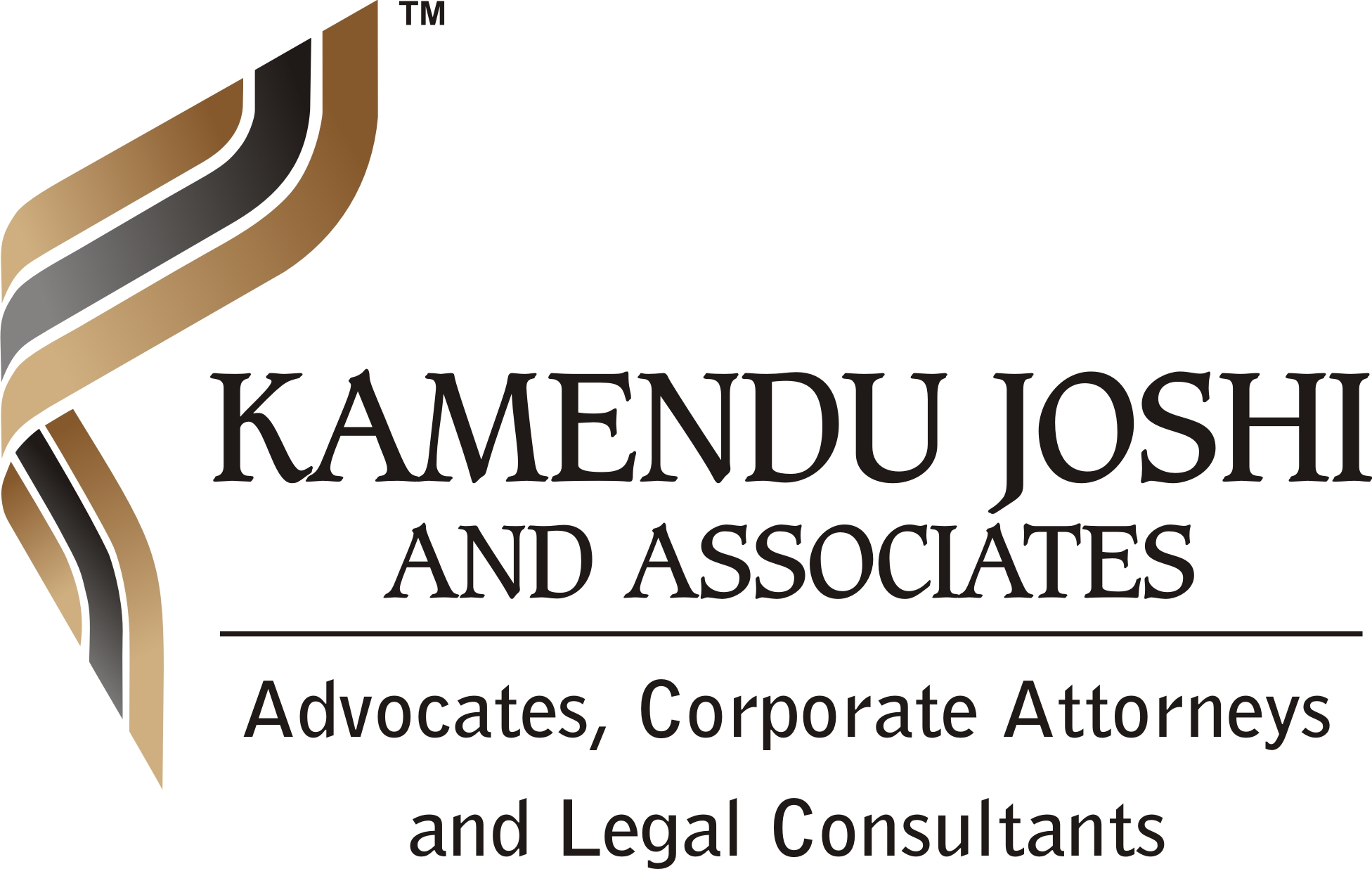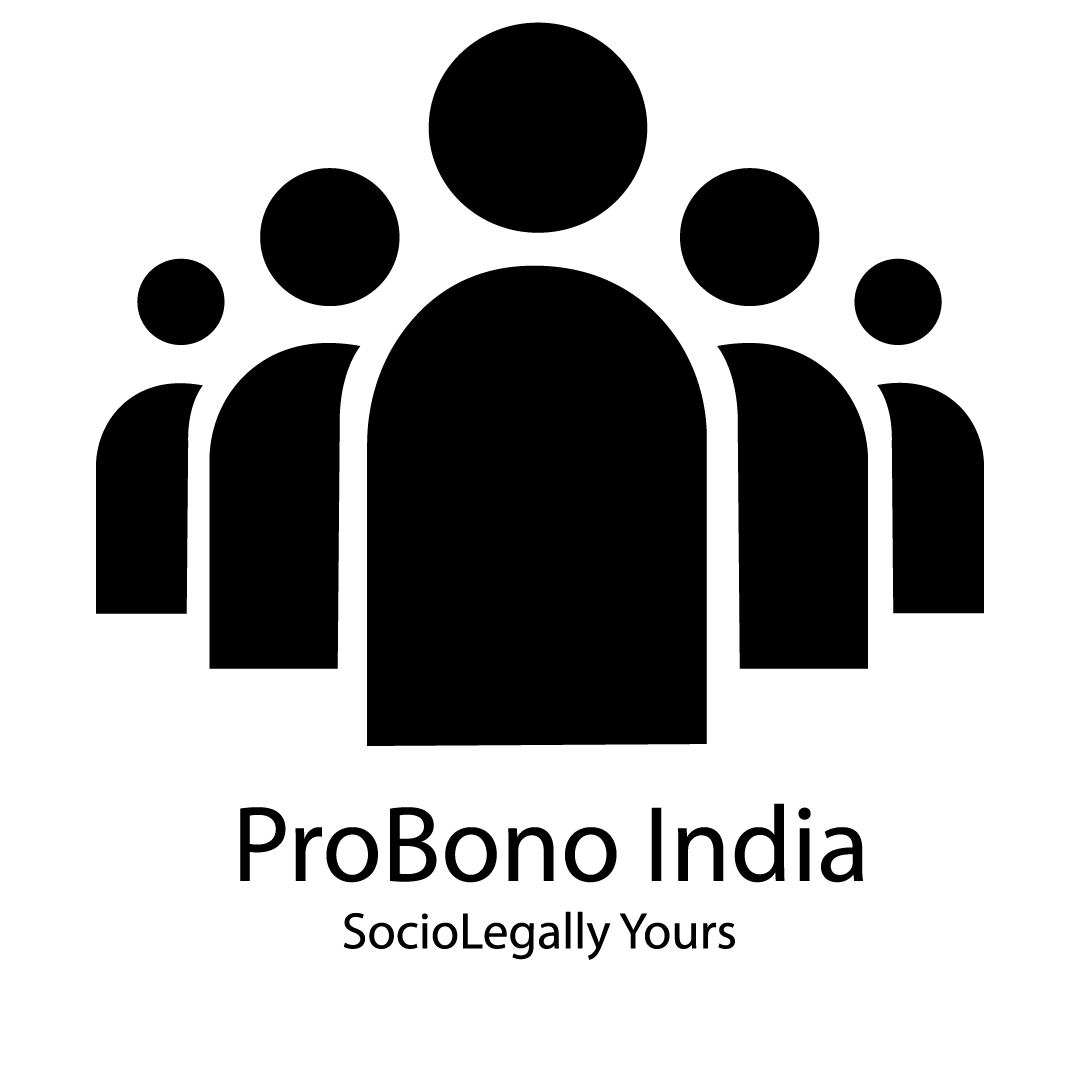The Case Against the Supreme Court by Erwin Chemerinsky (Book Review)
- Muskan Malviya
- August 1, 2020
Content :
INTRODUCTION
The Court has repeatedly struggled in its most critical duties, in its most crucial times, throughout American history. To conclude or to say that\'s not easy for her. He wanted to go to law school almost forty years ago because he believed that law was the most important instrument for social reform, and that the Supreme Court was the only body of society that worked to combat injustice and uphold the interests of individuals. In a society full of inequalities and injustices, 1950s and \'60s civil rights lawyers were the model of what he wanted to be.He learned, read and litigated on civil law.
Now more than 30 years. He have put cases to the Supreme Court. He is the author of the school \'s leading textbook on constitutional law Code of law. In all of this, he have believed uncritically that beyond the obvious. The Supreme Court missteps have done much more damage than hurt. Now, however, As he seek to assess the Court\'s performance, all my years of study, he became persuaded by the instruction and application of criminal law Supreme Court is not the institution which he revered once. He rarely lived up to such strong standards, and far more frequently, bigotry and even serious low-level breaches were upheld. My disappointment at the Court is both historical and contemporary.We can to look at the Court\'s rulings over the past two years — Preventing work discrimination lawsuits and class actions by major corporations, maintaining those affected by common wrongdoing drug makers from treatment, refusing unequal remedies to all those convicted and detained to see what was historically true: generally Supreme Court sides with the influence of corporate business and government and will not guarantee the freedom of individuals.Today, as throughout American history, the Court was much more likely to rule on behalf of industry than on behalf of workers or consumers; it was far more likely to retain government abusses of power than to limit them.Of example,He agrees that a rubric for deciding whether the Court succeeds or fails has to be in place. One measure is the judgments of the Court, such as Buck v. Bell, unanimously condemned by successive generations of scholars and magistrates. Can anybody honestly argue that the Court in its decision against Carrie Buck was not wrong, horribly so? To put the case to the Supreme Court.
WHY THE SUPREME COURT?
The main reason than to have a Supreme Court is to uphold the Constitution against plurality power. The plurality in a Democracy they should defend themselves in the democratic process; they are Therefore,he claims that the two key goals of the Court are to protect the interests of minorities unable to rely on the democratic process and to uphold the Constitution in the face of the oppressive will of democratic majorities. That is why the Supreme Court and the lower federal courts are guaranteed life and can only be dismissed from office by the House of Representatives\' very complex process of impeachment with two-thirds of the Senate indictment minorities — cultural, race, social , economic — that require security which democracy can and won\'t always provide.This has also been expected that judges with such guarantees will have a better chance of Secure minorities and uphold the Constitution against authoritarian wishes than elected and responsible government leaders to the electorate. His argument, established in the chapters of this book, is that all of these activities have largely failed in the Trial. In American experience, the Court has generally been on the side of the powerful — government and business — at the detriment of the people who are supposed to uphold the Constitution. The Court has struggled to uphold the Constitution in moments of turmoil where the tensions of the moment have led to legislation that violate fundamental freedoms.If interpreted over the course of American history, provided that the argument against the Supreme Court is too powerful, will judicial oversight be maintained — the authority of the federal courts and the Supreme Court to invalidate administrative and legislative acts? Even if it is to be held, what adjustments should be made to ensure more that it fulfills the functions conceived by the Constitution\'s framers? It\'s these questions that this book is trying to address, too.The book is divided into three parts, roughly looking at the past, the present and the future. Part I examines the performance of the Court over the course of American history. Next, recognize the Court\'s cumulative record in upholding ethnic minorities. Second, emphasis on the success of the Court in terms of upholding the Constitution during times of crisis. Thirdly, discuss decisions of the Court which have protected businesses and states’ rights Matters.Author seeks to answer this question in each chapter: Has the Court, overall, made society better off than it would have been without it? In answering these issues, Author discusses both the past and current success of the Court in those fields. The speaker ends with a short chapter on how we can talk about and debate the Supreme Court.
SUMMARY OF THE BOOK
Erwin Chemerinsky offers a scathing indictment of the Supreme Court in “THE CASE AGAINST THE SUPREME COURT” for failure to carry out its most important duties at crucial moments. What are these roles, where do they come from, why has the Court executed them inadequately and what could help the Court do a better job? Chemerinsky argues that "the Court\'s two preeminent goals are to secure the interests of minorities who can not count on the democratic process and to uphold the Constitution in the face of whatever oppressive national majority wishes."He claims that those duties — as well as the Supreme Court \'s history of refusing to fulfill them when they were desperately needed — derive from the Constitution. Nevertheless, instead of amending the Constitution or withdrawing judicial oversight from the judiciary, his preferred remedy for the corruption of the Court is to introduce multiple amendments at the legislative level.Although the Constitution does not explicitly define the two main roles of the Court, Chemerinsky argues that it recognizes them theoretically. He states that the constitution \'s design — its division of powers, security of civil liberty and relative invulnerability from alteration — is intended to prevent an impassioned government from undermining equal interests and the "basic principles" of the Constitution. The Constitution also provides rights and salaries for the judges, further isolating the Court from the government. Consequently, it has always been hoped that “judges with these protections will be more likely to safeguard minorities and enforce the Constitution against repressive desires than government officials who are elected and are accountable to the voters”.By reviewing numerous ancient and current aspects of constitutional law, Chemerinsky bare evidence of the Court\'s repeated failure to take a stance for fundamental freedoms and values. The Supreme Court\'s history is marked by decades of government-sanctioned tolerance for slavery, racial discrimination, business favouritism and speech repression at times of crisis. "Throughout American history," writes Chemerinsky, "the Court has generally been on the side of the powerful — government and business — at the detriment of people intended to defend by the Constitution."He recognizes that, as in “BROWN V. BOARD OF EDUCATION (1954)”, the Court sometimes behaved admirably, but those occasions are uncommon and usually minimal. Even the Warren Court will not avoid the scrutiny of Chemerinsky, and in Chapter 4 he explains how "it did so much less than it wanted and supposed to have achieved, even in the areas of its greatest accomplishments." He eviscerates the new Roberts Court in other pages, explaining how it supports the wealthy over people to vote rights in many ways from generic drug producers to Chemerinsky claims that the Constitution\'s ambiguous and broad wording is behind the inability of the Court to perform its obligations. At one point, he states that the basic language of the Constitution requires the approval of Citizens with diverse views to the legislative system. However, he insists that, at Court level, he encourages judges not to rely on the Constitution \'s rule or text when taking rulings, but on "their own principles, opinions and biases." The concern with the courts getting so much leeway is that they have traditionally swung in favour of the interests of the establishment.That\'s no surprise, he adds, that most of the judges are among the elite. As he notes, "it\'s striking how close the justices\' educational backgrounds are and how many of them come from fairly affluent communities." The judges\' reliance on "making a value choice"explains the Court\'s incoherent interpretation of principles that should be used to protect civil rights and restricted government officials, such as "compelling government interest."However, the clarification of why the past of the Court is not one of battling for equal rights and fundamental principles could be more important. It may not be reasonable to expect the Court to be the leading champion of citizens \' rights and restrictions on policy. Chemerinsky overlooks the crucial part social protests play in placing pressure on governments to protect human rights and civil liberties. In his argument, the relationship works the other way around, driving popular movements by an independent Court.He even claims at one point that "the decisions of the Court of Justice in the 1960s helped spur the movement for civil rights and the adoption of landmark civil rights laws." However, Chemerinsky fails to preserve his independent view of the Court, stating that "justices live in society and are therefore likely to reflect their attitudes and values at any time," and agreeing with Mark Tushnet \'s argument that the courts tend to agree with "the dominant national political coalition." Nonetheless, Chemerinsky argues that the U.S. constitutional order is in effect designed to restrict the majority, telling the reader that "the framers clearly and expressly distrusted majority rule; nearly every government agency they established has clear anti-majority characteristics.” Positioning himself against academics calling for "common constitutionalism," Chemerinsky insists that "when that word is interpreted as majority rule, the United States is not a democracy. For Chemerinsky, the Court is the linchpin of a whole system which is meant to protect the government from damaging minorities and the Constitution. It did, though, fail.The ultimate suggestion by Chemerinsky to resolve the failure of the Court to diligently uphold fundamental rights and values is to introduce many amendments. Chemerinsky concludes that this power should not be wiped out to the courts. While it has not done so routinely, he claims that the Court has often used judicial review to protect minority interests and constitutional principles.Instead of abolishing judicial review, Chemerinsky recommends several smaller changes that consider the Supreme Court \'s human and political dimensions, including clarity of the Court\'s duties, merit allocation of judges, moral decisions, term limits, strengthened Court relations post-argument briefs, and strict legal standards and Among these, a constitutional amendment could require only term limits,although Chemerinsky notes that this argument is questioned by some scholars Returning to the Court\'s two key roles, Chemerinsky makes no exception to anybody as he says that the Court is supposed to protect minorities and, above all, the Constitution. Some also approached the Court with these reasons, perhaps most prominently “Justice Stone in Footnote Four of UNITED STATES V. CAROLENE PRODUCTS (1938)”. In even earlier cases, a few other justices made similar comments. For instance, in “BOYD V. UNITED STATES (1886)”, Justice Bradley wrote that "it is the responsibility of the courts to watch over the citizens\' civil freedoms, and against any stealthy infringements thereof."In “WEEKS V. UNITED STATES (1914)”, Justice Day declared that "the courts ... are entrusted with the protection of the Constitution at all times and to which citizens under all circumstances have the right to appeal to maintain ... fundamental rights." Since Chemerinsky criticizes the Trial, it is not shocking that he fails to note the similar explanations provided by the federal courts in the few cases.However, having a historic compromise may have reinforced what he sets out as the Court\'s principal obligations.The legislative system intended to prevent an authoritarian elite from regulating power and reforming the constitution inevitably requires a federal judiciary that safeguards minority interests and fundamental principles in Chemerinsky \'s crucial Supreme Court appraisal. Although the Court did not faithfully meet those obligations, it also has the potential to do so. Taking any of Chemerinsky \'s proposed proposals seriously would be a step in improving the Case, as one should expect.
CONCLUSION
In the end, the arguments of Chemerinsky, many of which I find congenial to echo, essentially contain a compendium of fairly traditional liberal views. The reader will find few surprises here, because even the opinion that the Warren Court may not have deserved all the support it had formerly received has long been widely debated and published in liberal circles. Yet Chemerinsky departs from a number of contemporary liberal judicial review opponents in failing to give up a conviction that the Supreme Court may be a more loyal defender of the weak against the strong, especially against the government.He is no advocate for the elimination or even restriction of judicial review, or for a popular constitutionalism that would leave many constitutional determinations to the public and the political process. Yet he adheres to this trust in the principle of judicial review and the Supreme Court \'s significant position in upholding the Constitution by its efforts to reform the way we choose the Justices and even set the terms for their service. These proposals come to the end of the book but are worthwhile and provocative enough that they deserve a careful hearing.The shortcomings of the Supreme Court as a communicator, including the recommendations of Chemerinsky to require post-argument briefs on issues that occur in oral argument and to pay more heed to recusal and relevant questions of ethics and conflict of interest, are deserving of careful scrutiny once again. Indeed, it would not be amiss to say that in some ways the order and focus of this book\'s two key features may have been best reversed.Also some who hold Chemrinsky\'s general political and theoretical outlook might well consider his case against the Supreme Court too traditional in conclusion, too generic in reasoning and too self-referential in presentation, but even those who agree with his substantive case against the Supreme Court and those who disagree will consider his proposals for the overhaul of the Court\'s processes and It would have been preferable for Chemerinsky not to have left these issues to the last and brief part of the book, and not to have left to others the further development of (and discussion of) these proposals.Yet it will be a failure for writers and others to disregard the Supreme Court \'s insightful and controversial policy ideas that he has called for the American people and its members to accept.












